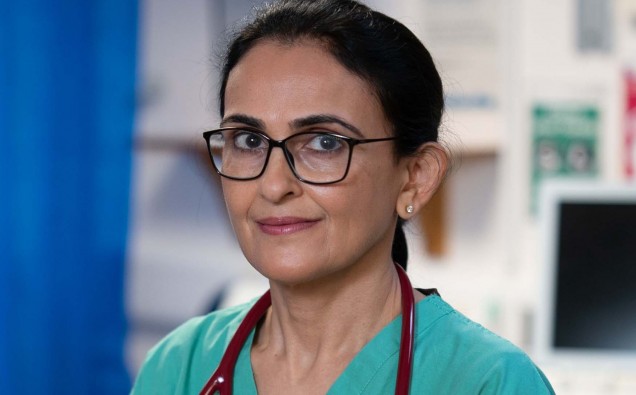A new survey published by NHS England has revealed a lack of confidence in the community in recognising the symptoms of a heart attack, with nearly half (44%) of South Asians saying they were not confident that they could recognise the signs.
Furthermore, almost half (48%) claimed they would not call 999 if they or a loved one were displaying chest pain – the most common symptom of a heart attack.
The findings come as part of NHS England’s ongoing Help Us, Help You campaign to raise awareness of heart attack symptoms and help save lives.
Heart attack symptoms and signs can vary from person to person, but can include squeezing across the chest and a feeling of unease. Symptoms don’t always feel severe and some people may have other symptoms such as shortness of breath, feeling or being sick and back or jaw pain without any chest pain. Anyone experiencing heart attack symptoms should call 999.
People’s chances of surviving a heart attack are far higher if they seek care earlier – overall around 7 in 10 people survive a heart attack, which increases to more than 9 in 10 for those who reach hospital early to receive treatment.
Asif Haque is an English teacher, who survived a heart attack in his early forties. He says: “It is so important to get medical help rather than dismiss what’s happening. It might not feel very serious, but it’s always best to make sure. I thought I had bad food poisoning – a pain at the back of my neck right down to my stomach. It continued for three days before I thought to do anything about it. My family are medics and when I saw the ECG, I knew straight away how major this was. Had I sought help sooner, 30% of my heart muscle could have been saved.”
The new survey also shows that there is real confusion between heart attack and cardiac arrest. More than two thirds (69%)* of South Asian respondents said they are unaware of the difference between a heart attack and cardiac arrest, with almost half (42%) wrongly believing a cardiac arrest is another name for a heart attack.
A heart attack occurs when the supply of blood to the heart becomes blocked, which can starve it of oxygen, potentially causing serious muscle damage, but the person will be conscious and breathing.
A cardiac arrest is different – it usually occurs suddenly and without warning with the person quickly losing consciousness. Their heart stops, they will have no pulse and sadly people experiencing a cardiac arrest will usually die within minutes if they do not receive treatment. A heart attack can lead to a cardiac arrest.
Those from South Asian backgrounds have a 50% greater risk of Coronary Heart Disease compared with the wider population. This is a key risk factor for heart attacks, so it’s important to be particularly vigilant about the signs and act quickly.
Sushila experienced chest pains before going to bed one evening. She left it until the following day to seek medical help and was lucky to recover from her heart attack. Sushila says: ‘If you or anyone you’re with are showing any possible signs of a heart attack – even if you’re not sure that’s what it is – it’s never too early to call 999. You won’t be wasting anyone’s time, but you could be saving your life or someone else’s. I know now that I should have acted much more quickly and that it’s not just men who have a risk of heart attack. I’m so grateful for my health.”
While the most common symptom is chest pain, symptoms can vary from person to person. Other symptoms of a heart attack can include:
• A feeling of pain, pressure, heaviness, tightness or squeezing across your chest
• pain in other parts of the body – it can feel as if the pain is spreading from your chest to your arms (usually the left arm, but it can affect both arms), jaw, neck, back and tummy
• feeling lightheaded or dizzy
• sweating
• shortness of breath
• feeling sick (nausea) or being sick (vomiting)
• an overwhelming feeling of anxiety (similar to a panic attack)
• coughing or wheezing
The latest NHS figures show that there were more than 84,000 hospital heart attack admissions in England during 2021/22, up by more than 7,000 compared to the previous year when fewer people came forward for care during the pandemic.

















